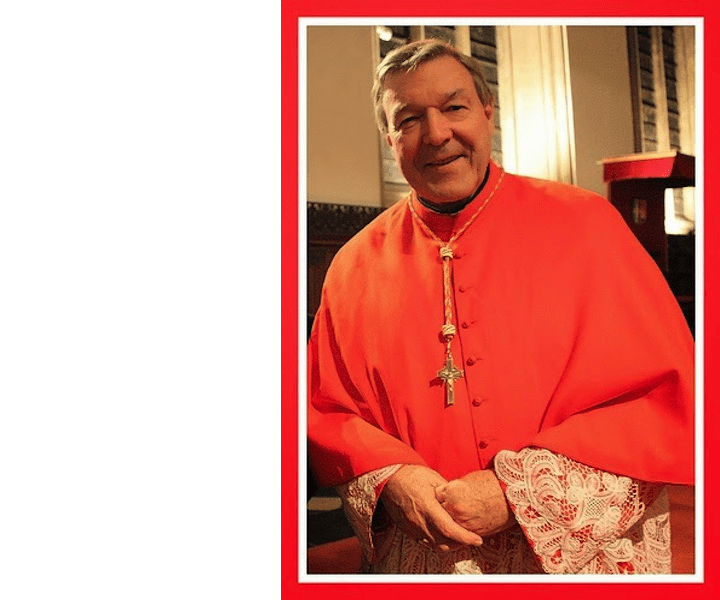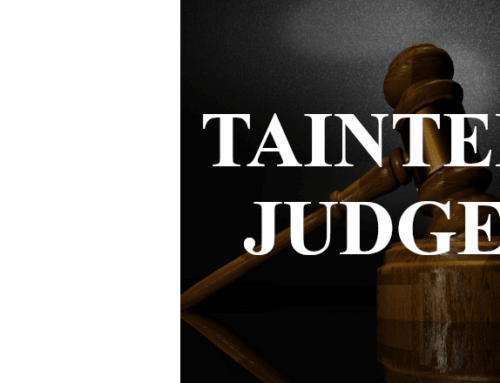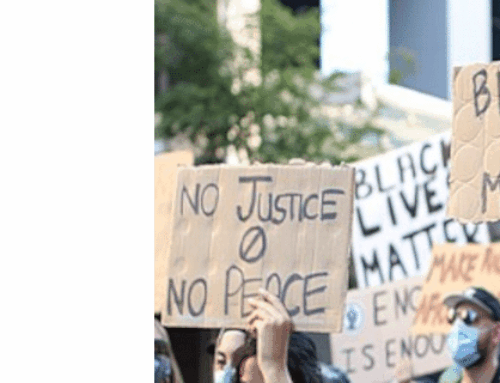Catholic League president Bill Donohue speaks to the controversy over Cardinal George Pell:
Cardinal Pell has been charged by Australian police on multiple counts of sexual abuse. He will appear before a Melbourne court on July 18. He says the charges are false and is “looking forward finally to having my day in court.”
Actually, Cardinal Pell has been in court before, and the charges against him went nowhere. It is worth discussing them now, especially given the current media frenzy over the latest accusations.
In 2002, allegations of sexual abuse against Cardinal Pell were thrown out of court by the Victorian Supreme Court. A Melbourne man said he was abused by Pell in 1962 at a camp when he was 12; Pell was studying for the priesthood. The judge ruled that there were “some valid criticism of the complainant’s credibility.” That was a gross understatement.
The accuser was no stranger to the courts—he had appeared before a judge 20 times before. The result? He was convicted 39 times. As it turns out, the complainant was a violent drunken drug addict who served nearly four years in prison. He drove drunk, assaulted people, and took amphetamines.
The case against Pell also took a hit when the accusations made against him could not be substantiated. Here is how the judge put it: “Of the numerous people who were at the camp either as adult helpers (including seminarians) or as altar servers, and who have made signed statements and/or who have given evidence, none was aware of any inappropriate behaviour by the respondent or any other adult.”
None of this exculpatory evidence has had much effect on the Australian media. For example, in 2013, The Age and the Sydney Morning Herald picked up a story by Barney Zwartz who said that Pell’s name has never been cleared. Yet in 2002, following the trial, Zwartz wrote that “an independent investigation by a retired non-Catholic judge cleared him.”
Other media outlets cited Zwartz’s 2013 story, only to apologize to readers after the truth emerged. CathNews, a prominent Australian Catholic media source, admitted that it had made “unfair, false and seriously defamatory allegations against Cardinal Pell, who has worked hard to eradicate the evil of sexual abuse.”
It is certainly true that Cardinal Pell has worked hard to rid the Church of sexual abuse. In 1996, just three months after he became the Archbishop of Melbourne, he launched an independent initiative offering compensation and counseling to the victims of sexual abuse. And at every step of the way, he has cooperated with the authorities in various probes.
- In May 2013, Pell offered testimony to the Victoria Parliamentary Inquiry into the Handling of Child Abuse by Religious and other Organizations.
- In August 2014, Pell spoke to the Royal Commission into Institutional Responses to Child Sexual Abuse.
- In February 2016, he spoke again to the Royal Commission.
- In March 2016, he testified once more to the Royal Commission.
- In October 2016, he spoke to the Victoria Police about allegations that he had inappropriately touched two boys while horsing around in a swimming pool in the 1970s.
Regarding the swimming incident—this is one of the charges being made now against Cardinal Pell—it is striking these two men decided to keep their mouths shut for nearly 40 years before coming forward. Why would they do that?
The accusers, Lyndon Monument and Damian Dignan, have had their share of problems. Indeed, they have a lot in common with the man who said he was abused by Pell in 1962 and had his case thrown out in 2002.
Monument was a big drinker, but he didn’t stop with alcohol. He became a drug addict, dealing amphetamines, and wound up assaulting his girlfriend and a drug dealer; he spent 11 months in prison. Dignan also has a history of violence, and was arrested for drunk driving. Not surprisingly, both have made accusations against former teachers.
As with the camp accuser, no one can corroborate the charges of the alleged pool victims. According to a news story by Australian journalist Louise Milligan, the pool manager’s wife concedes that Pell was “a constant figure at the pool every summer,” and “was very popular with the children that he played with.” The woman said that “neither she nor her husband ever saw anything untoward, and if they had, she said, George Pell would have been sent away and the police would have been called.”
Milligan is not just another reporter—she has written a book about Cardinal Pell, one that puts a negative spin on him and the Church. She has been called a partisan out to get her subject, something she denies.
“Let this be known,” she writes, “Cardinal Pell’s politics are of zero interest to me.” But then she says something that undercuts her statement: “He’s a man who for years was telling the rest of us how to live our lives—not least how to live our sex lives.” One wonders what world this woman lives in—she says she is non-partisan and then slams Pell for being a tyrant.
The fact is that Milligan has never liked Cardinal Pell. The first article she ever wrote about him appeared in the April 16, 2001 edition of the Australian. It was about gay fascists who tried to storm St. Patrick’s Cathedral in Melbourne. They were screaming, “George Pell, go to hell.” Like Milligan today, the gays objected to his defense of Catholic teachings on sexuality.
The second piece written by Milligan on Pell (it was published June 25, 2001), said he was “rigid as an Easter Island statue,” one who ministers “hardline Catholicism to the faithful.” Imagine what she would say if she admitted to not liking him!
Cardinal George Pell has long been targeted by homosexual activists, drug addicts, thugs, and ideologically driven reporters. He deserves better—he is entitled to the presumption of innocence. But given the animus against Catholicism these days, it won’t be easy for justice to prevail.







